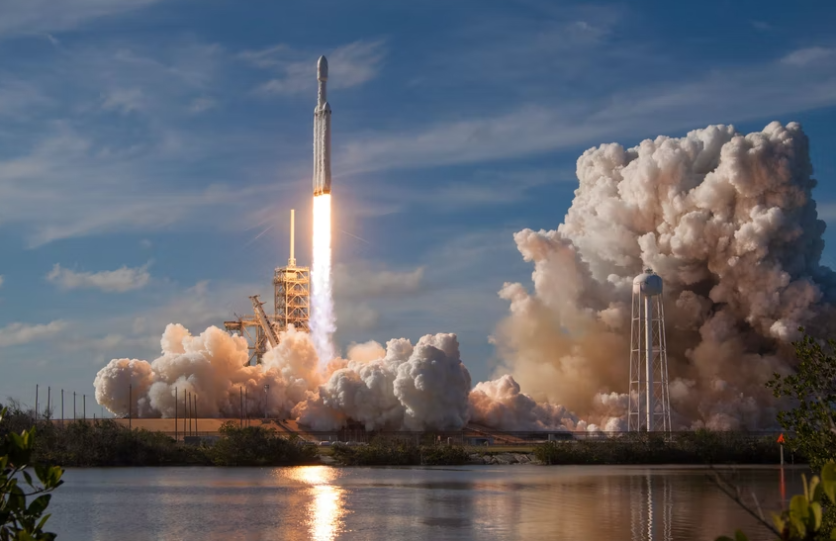
On Saturday, Aug. 6, a new Indian rocket is set to launch to space, and you can watch the event live.
Where to Watch the SSLV Launch
India's Small Satellite Launch Vehicle or SSLV is scheduled to lift off on Saturday, Aug. 6 at 11:49 p.m. Eastern Standard Time from Satish Dhawan Space Center on India's southeastern coast.
You can watch the event at Space.com, courtesy of the India Space Research Organization or ISRO, or through ISRO's official website.
India's SSLV Space Rocket
The SSLV is a four-stage rocket that is 112 feet tall and is capable of delivering up to 1,100 pounds to low Earth orbit.
On the first flight of the space rocket, a test launch called SSLV-D1/EOS-02 was held, and it carried two satellites.
The first was a 300-pound EOS-02 Earth-observation satellite, and the second was an 18-pound Cubesat called AzaadiSAT.
Also Read: ISRO Mangalyaan Gets Ready to Enter Mars Orbit: Will it? Won't it?
EOS-02 will provide high-resolution infrared imagery of Earth, according to the officials of ISRO. AzaadiSAT has the capability to carry 75 different payloads, and each of them weighs 1.8 ounces, according to Business Standard.
Female students around India built the Cubesat payloads, and they were integrated into AzaadiSAT by students with an organization called Space Kidz India.
The AzaadiSAT payloads will conduct several femto-experiments. One payload will measure space radiation levels, while another will enable voice and data transmission over ham-radio frequencies. Meanwhile, the Cubesat also carries a camera, according to the ISRO officials.
As soon as the SSLV gets its wings, India will have three operational orbital rockets in its fleet.
The two already flying are the Polar Satellite Launch Vehicle or PSLV, and the Geosynchronous Satellite Launch Vehicle or GSLV. Both of them are bigger and more powerful than the SSLV space rocket.
India's Satellites
In June, an Indian rocket launched three satellites and an orbiting platform on the vehicle's 55th mission.
The PSLV is a four-stage, 145-foot-tall vehicle lifted from the Satish Dhawan Space Center. During the lift-off, the rocket's stages separated as planned with payload separation, according to NASA Space Flight.
Shri S. Somanath, the chairman of ISRO, said in a post-launch speech that the PSLV C 53 had placed the customer satellites in the precise orbit of 570 kilometers with a 10-degree inclination.
Somanath added that with the PSLV mission, all of the satellites are placed in the right orbit, and they hope that further activities will be taken up and "the mission will be a complete success" for their customers.
The PSLV carried three satellites on the mission, and all of them were from Singapore. The largest is an 805-pound Earth observation craft known as DS-EO, which will provide full-color images for land classification and "serve humanitarian assistance and disaster relief needs.
Another satellite that was included in the mission was NeuSAR, a 342-pound satellite that will image Earth through synthetic aperture radar.
The third satellite is called Scoob 1, which was developed by the students of Nanyang Technological University in Singapore. It only weighs around 6.2 pounds.
The PSLV also carried six payloads that were made to conduct research while it was in the Earth's orbit.
Related Article: ISRO To Launch India's First Astronomy Satellite: Here's What Astrosat Will Do
This article is owned by Tech Times
Written by Sophie Webster
ⓒ 2025 TECHTIMES.com All rights reserved. Do not reproduce without permission.




